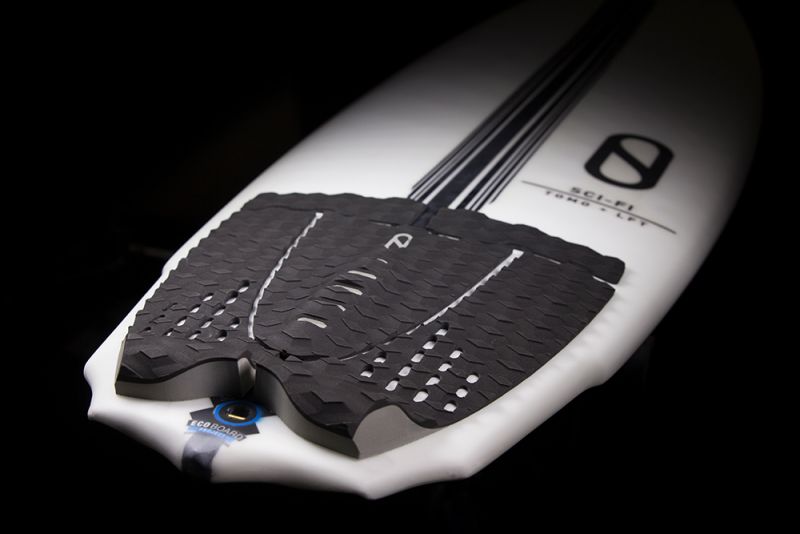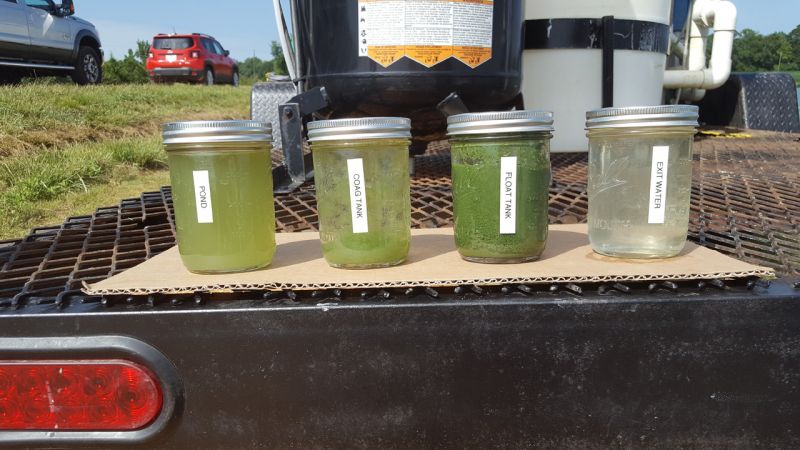Sucking Algae Up And Turning Them Into Plastic
Published on by Water Network Research, Official research team of The Water Network in Technology
Bloom startup thinks it has a solution to clean up our lakes from algae - and make products in the process.
 Bloom, Falken's startup, uses custom technology to carefully harvest wild algae from the water, and then transforms it into a raw material to make plastics and foams for use in clothing, sneakers, car upholstery, and other products.
Bloom, Falken's startup, uses custom technology to carefully harvest wild algae from the water, and then transforms it into a raw material to make plastics and foams for use in clothing, sneakers, car upholstery, and other products.
The first product—a foam traction pad for surfboards, made with Kelly Slater— will hit shelves on October 1.
All of those products are typically made from petroleum formed into tiny pellets.
Bloom makes pellets from algae instead, solar-drying the algae into flakes, pulverizing the flakes into a powder, and then turning that powder into pellets that can be melted down to merge with the petroleum-based ingredients.
By partially replacing the pellets made from fossil fuels—and by sucking up carbon as it grows—the algae also helps lower carbon footprints.
"The end goal is to remove as much of the petroleum feedstock as possible," says Falken. "When you take a waste stream from nature—there naturally but there in such mass because of manmade inputs—we can take that feedstock, that problem, and functionalize it into usable goods that are the exact same quality, indistinguishable, from the status quo that's out there today."
The company's small mobile harvesting units sit at the edge of a pond or lake, or float on a pontoon in the ocean, and collect algae from the top six inches or so of the water column.
 "The harvester works like a giant vacuum, basically," Falken says. The design, with screens and gentle suction, can't harm wildlife in the water; the technology was used first at catfish farms, where sucking up a fish with the algae would be an obvious problem.
"The harvester works like a giant vacuum, basically," Falken says. The design, with screens and gentle suction, can't harm wildlife in the water; the technology was used first at catfish farms, where sucking up a fish with the algae would be an obvious problem.
Along with the algae, the harvester also removes nitrogen and phosphorus—excess fertilizers that end up in the water from farming, sewage overflows, or lawns, and help cause the algae growth in the first place. Pure, filtered water is returned to the body of water.
The company has been operating in China at Lake Taihu—an even larger lake than Okeechobee that millions of people rely on for drinking water—for two years, where the company says they have removed millions of pounds of algae.
Now, they're in meetings with Florida officials, along with the infrastructure company AECOM, to make a plan for demonstrating the technology in the state. They hope to begin regularly working at Lake Okeechobee.
Source: Fast Co Exist
Media
Taxonomy
- Water Pollution
- Treatment
- Technology
- Algae
- Algae Treatment
- Pollution
1 Comment
-
How we can provide it?